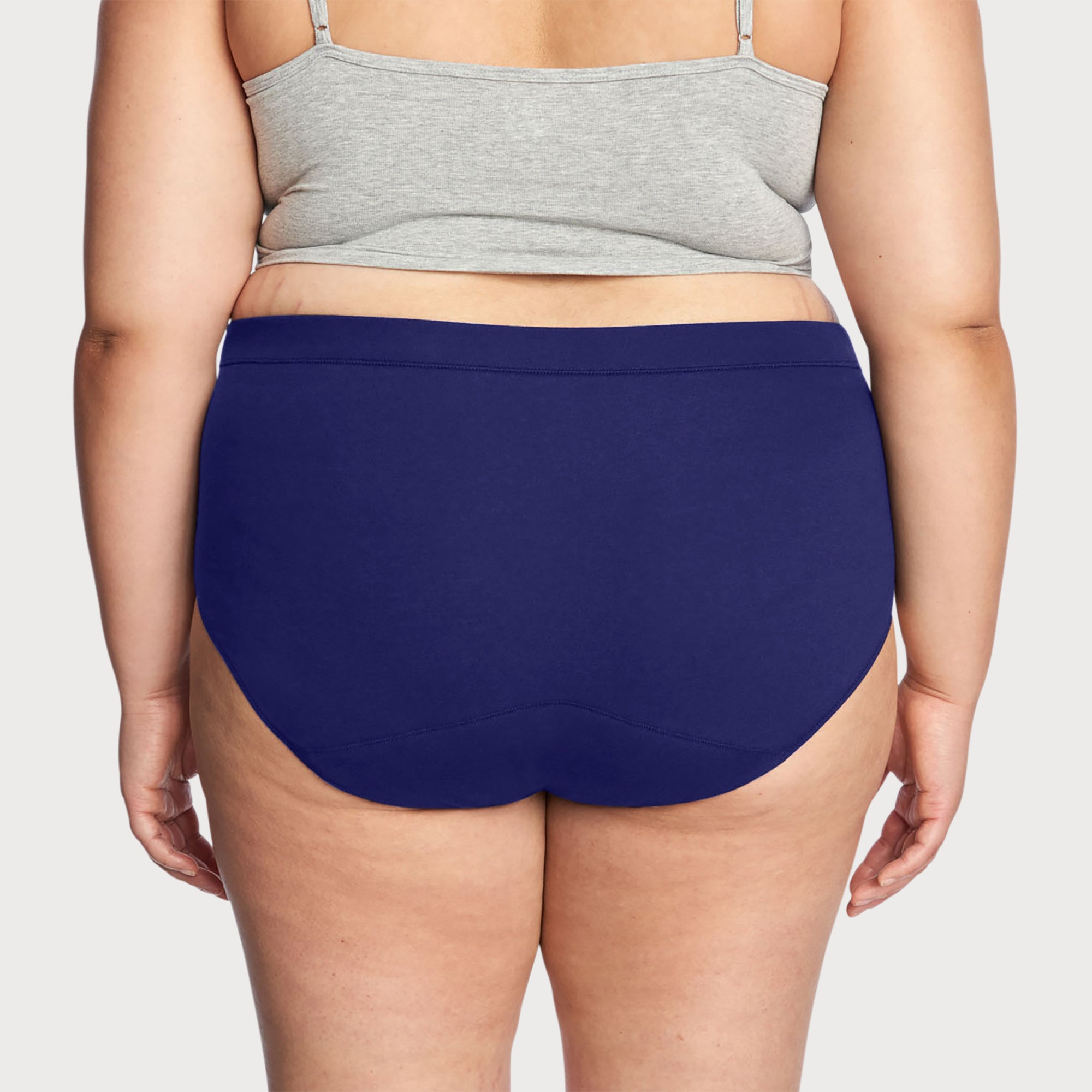Follicular Phase: What You Need to Know
- Share this article Copy to clipboard

The menstrual cycle is something many of us experience regularly, and it comes with various changes and symptoms that can influence our daily lives. Among the different stages of this cycle, the follicular phase stands out as particularly significant. Gaining a deeper understanding of this phase is beneficial as it has an important function in laying the groundwork for ovulation each month.
This preparation involves a series of hormonal changes and physical developments that ensure everything is in place for the next steps of the menstrual cycle. Knowing what happens during the follicular phase can empower you to tune in more closely to your body's signals and manage your overall health more effectively. It's all about embracing this natural process and recognizing its importance in the broader context of your menstrual health and fertility.
what is the follicular phase?
The follicular phase kicks off your menstrual cycle, starting when your period begins and lasting until ovulation. This phase is all about getting ready, with your body gearing up to release an egg. It's a time of growth, where the follicles in your ovaries start to mature thanks to hormones.
The follicular phase stage for the rest of your cycle, affecting your fertility and overall health. The rise in estrogen helps rebuild the uterine lining shed during your period, making ready for a potential pregnancy.
stages of the follicular phase
The follicular phase is a key part of your menstrual cycle, unfolding in several steps that prepare your body for the possibility of pregnancy. Here’s a closer look at each stage:
follicle selection: Your cycle starts with your body selecting which ovarian follicles will continue to mature. Though multiple follicles begin to develop, only one (sometimes more in the case of multiple pregnancies) usually becomes the dominant follicle destined to release an egg.
estrogen increase: As the selected follicles mature, they produce more estrogen. This hormone plays a role in thickening the uterine lining, creating a nutrient-rich environment suitable for a fertilized egg to implant and grow.
lining preparation: The rising estrogen levels signal the uterus to start preparing for a potential new guest. The uterine lining becomes thicker, softer, and more vascular, ensuring it’s ready to support a pregnancy if fertilization occurs.
leading up to ovulation: The final part of the follicular phase overlaps with the body gearing up for ovulation. The increase in estrogen eventually leads to a surge in luteinizing hormone (LH), which triggers the release of the egg from the dominant follicle.
the follicular phase and ovulation
The shift from the follicular phase to ovulation is a delicate process driven by hormonal changes that prompt an ovary to release an egg. Knowing when ovulation occurs is valuable not just for those aiming to conceive but also for anyone interested in tracking their cycle for health awareness or natural cycle monitoring.
Identifying signs of ovulation, like changes in cervical mucus or subtle shifts in basal body temperature, can provide a deeper understanding of your reproductive health and help you feel more connected to your body's natural rhythms.
impact on health and well-being
The follicular phase plays a significant role in influencing both your physical and emotional well-being. As hormone levels begin to fluctuate, particularly with the rise in estrogen, you may observe various changes in how you feel daily. Physically, you might experience increased energy levels, making you feel more active and motivated. Some people also report feeling physically lighter or more comfortable as their body transitions out of menstruation and through this preparatory phase. Emotionally, the changes in hormone levels can lead to variations in mood.
You might feel more upbeat and optimistic; for some, this hormonal shift could lead to heightened sensitivity or mood swings. It's important to remember that these experiences are a completely normal part of the menstrual cycle. Recognizing these patterns can help you better understand your body's responses and adapt your self-care practices accordingly.
managing health during the follicular phase
Navigating through the follicular phase of your menstrual cycle can feel like a balancing act. Here are some key strategies to help you maintain your well-being during this time:
prioritize balanced nutrition: Wondering what to eat during the follicular phase? Focus on a diet rich in fruits, vegetables, whole grains, and lean proteins. Nutrient-dense foods can support hormonal balance and provide the energy you need.
stay active: Incorporate regular exercise into your routine. Physical activity can boost mood and alleviate stress, whether it's a brisk walk, yoga, or your favorite workout class.
manage stress effectively: Try mindfulness techniques, meditation, or deep-breathing exercises to keep stress levels in check. Finding hobbies or activities that relax and rejuvenate you can also be beneficial.
listen to your body: Pay attention to any changes or discomfort you may experience. Keeping track of your symptoms can help you identify patterns and address concerns more effectively.
seek medical advice when needed: If you notice any unusual symptoms or something doesn’t feel right, don’t hesitate to consult a healthcare provider. Getting professional advice can offer peace of mind and ensure you’re taking the right steps toward managing your health.
navigating hormonal changes and cycle phases
Throughout the menstrual cycle, hormones like estrogen and progesterone play important roles in preparing the body for various changes. For example, during the early follicular phase, the anterior pituitary gland releases hormones that kickstart follicle development in the ovaries. This phase sets the stage for the rest of the cycle, including the proliferative phase, where the uterus lining thickens.
If pregnancy doesn't occur, the cycle moves into the luteal phase, which can vary in length. This phase ends with menstruation, where the uterine lining is shed. These hormonal shifts and cycle phases are part of the body's natural rhythm, highlighting the fascinating interplay between your reproductive system and overall health.
understanding and supporting your follicular phase
Understanding the intricacies of the follicular phase empowers you to take proactive steps that can enhance your well-being. From improving your diet and staying active to effectively managing stress, these measures can smooth your transition through each phase of your cycle, boosting your overall health.
Thinx is here to offer extra support with comfortable period underwear that provides security and comfort, allowing you to confidently manage any changes during your menstrual cycle. Embracing a holistic approach to self-care during the follicular phase, with Thinx by your side, can help you navigate your cycle with more ease and promote a greater sense of well-being.
sources
Cleveland Clinic. Follicular Phase of Menstrual Cycle: Hormone Levels & Length. https://my.clevelandclinic.org/health/body/23953-follicular-phase
National Library of Medicine. Menstrual Cycle Proliferative and Follicular Phase. https://www.ncbi.nlm.nih.gov/books/NBK542229/
Healthline. All about the Follicular Phase of the Menstrual Cycle. https://www.healthline.com/health/womens-health/follicular-phas


















